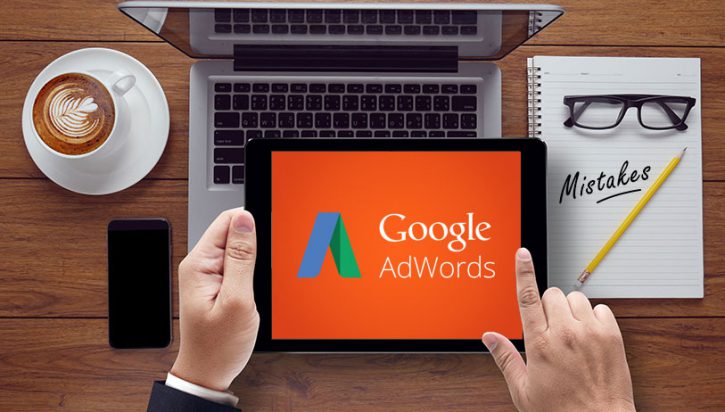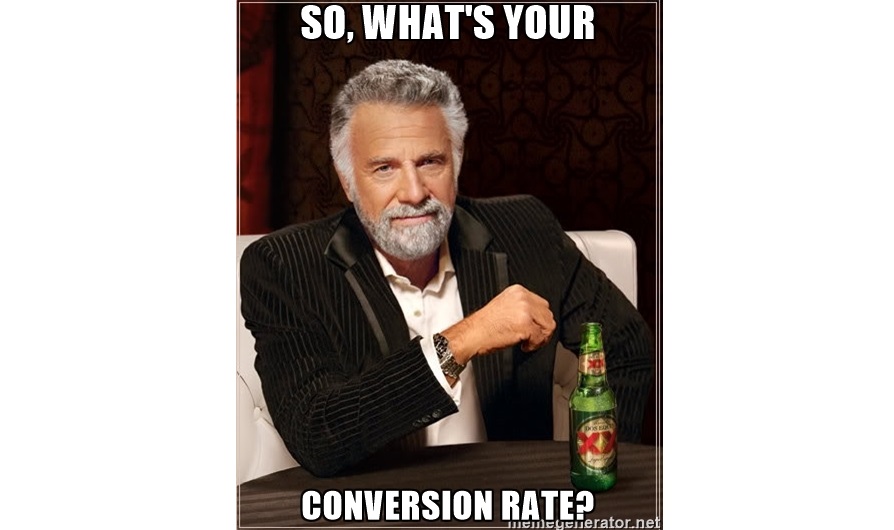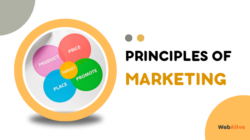
5 Biggest Mistakes That Can Ruin Your Google AdWords Campaign
It’s no secret that utilising Google is one of the biggest pieces of the puzzle if you’re going to be successful online. Back in the day, it was all about search engine optimisation and using various methods to make sure you came up ‘naturally’ in Google for the right keywords. Indeed, this is still hugely important and remains the foundation of a good online marketing plan.
But Pay-Per-Click advertising really revolutionised the game, allowing anybody with a PC and a credit card take up a prime real estate at the top of the first page for the keywords of their choice.
Adwords doesn’t take a huge amount of technical skill or a massive budget; in many industries, you can start by investing just $10-$15 per day and ramp it up when you start seeing results. Google Adwords is online self-service advertising at its finest; user-friendly, intuitive and super effective if you know what you’re doing.
But being successful isn’t necessarily a walk in the park; generating quick leads in a competitive market never is. For those without significant experience, there are a number of mistakes that can be made or handy features that are overlooked and/or not properly utilised.
This article emphasises just a handful of the pitfalls and errors that can trip up beginners. These can often be the difference between seeing a positive return on your investment and struggling to break even.
1. Assuming generating traffic is the main objective
This isn’t so much a mistake as it is a misguided mindset. Often people will overestimate the importance of high traffic levels in Adwords campaigns, assuming that more traffic is always the answer.
Website owners may look over the numbers and notice that organic visits are significantly higher than paid visits; how can this be if they’re paying so much more for Adwords than they are for SEO?
If you’ve spent time managing a campaign, you’ll understand that this is somewhat shortsighted. The ultimate goal is obviously to convert and generate enquiries; clicks are therefore not weighted evenly.
A good Adwords campaign will attract potential customers that are much closer to making a purchase and of much more value to you. Five of these kinds of clicks are worth more than a hundred clicks from people that ultimately aren’t ready to buy.
2. Not using negative keywords
Adding negative keywords is a quick way of showing Google which keywords of a large list aren’t a good fit for your business, without drastically changing your overall strategy.
In some industries, this hugely important. If you’re investing in dynamic ads, where Google pools together a large group of keywords related to your service, you may find that there are some that aren’t relevant to what you’re doing. A ‘house painter’ for example, doesn’t want to be showing up for ‘face painter’ searches.
Or it may be something much more simple; perhaps you no longer provide a service and you’re still coming up for the keywords associated with it. This is how the negative feature can help you out and it goes a long way toward reducing unnecessary expenditure.
3. Reluctant to increase expenditure
Google Adwords is all about trial and error; there’s no definite blueprint for what your target market will do and people’s activity online invariably has some measure of unpredictability. It’s, therefore, important to be able to adjust things on the fly according to what is working and what isn’t.
Beginners will often fail to recognise that a particular ad-set is ‘bringing the noise’ and if they do, they may be reluctant to move the budget around or increase it all together. As a beginner, it’s always a good idea to trust the numbers and don’t be afraid to invest a little more if that’s what is called for.
4. Failing to optimise landing pages
Your ads might be great, you might be bidding the correct amount and you’re bringing in the customers you want, but it’s all for nothing if your website isn’t able to convert.
In fact, the way things are set up, it’s something of a vicious cycle for website owners; if you aren’t converting, Google is going to take notice and all of a sudden you’ll be charged a higher rate to get those same visitors in the door.
One of the most important aspects of Adwords is to make sure your website is ready! If visitors don’t get exactly what they want and what they’re looking for spoon-fed to them, they’re likely out the door. Your job is to make sure they have to do as little work as possible when coming to your website.
Related article: The Essential Guide to Conversion Rate Optimisation
5. Ignoring the competition
The beauty of online marketing and advertising is that you can easily get a good idea of what your direct competitors are doing. It’s crucial to know who they are and what they’re doing and to emulate the positive aspects of their campaign.
Research their ad-copy, position and website landing pages and think about why potential customers are more (or less) likely to a) click on your competitor’s ad, and b) buy from them.
Managing a successful Google Adwords campaign can be quite a time to consume and some business owners prefer to outsource the work to experts in the field. If you are thinking of starting up a campaign, or you currently have one running but you’re struggling to get things moving, feel free to contact the WebAlive team and find out how we can help.
You read a lot. We like that
Want to take your online business to the next level? Get the tips and insights that matter.


